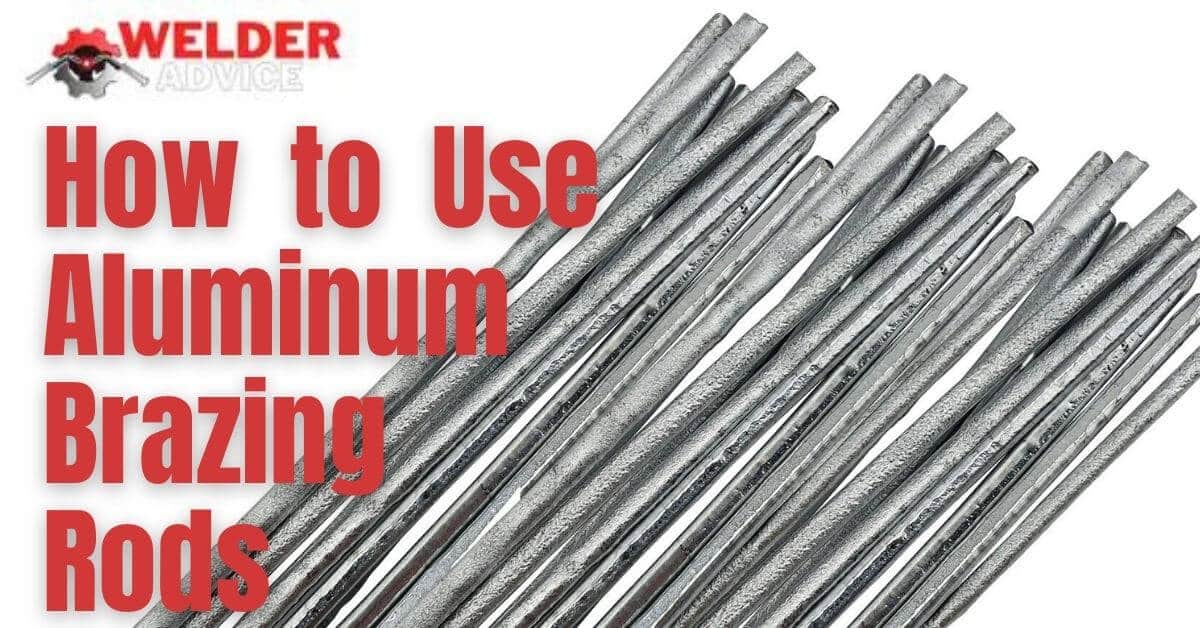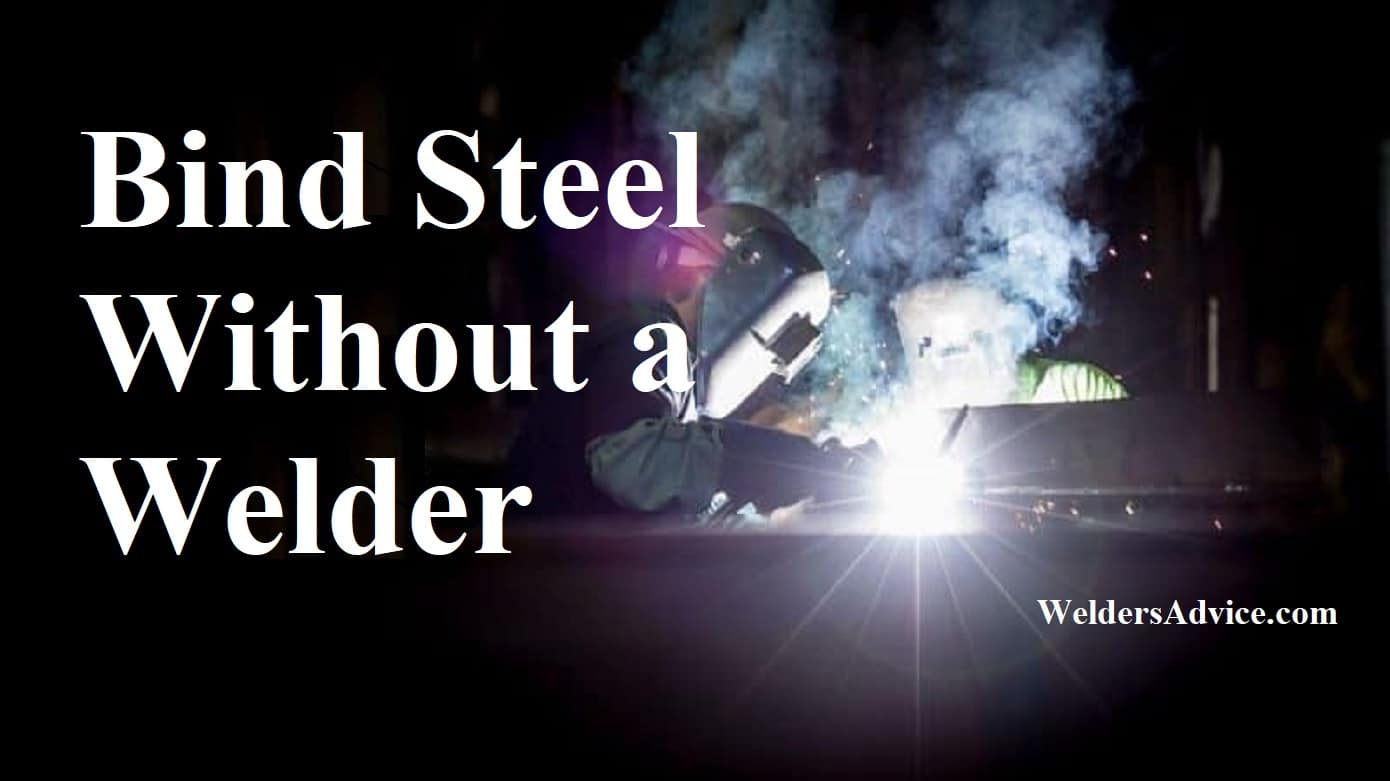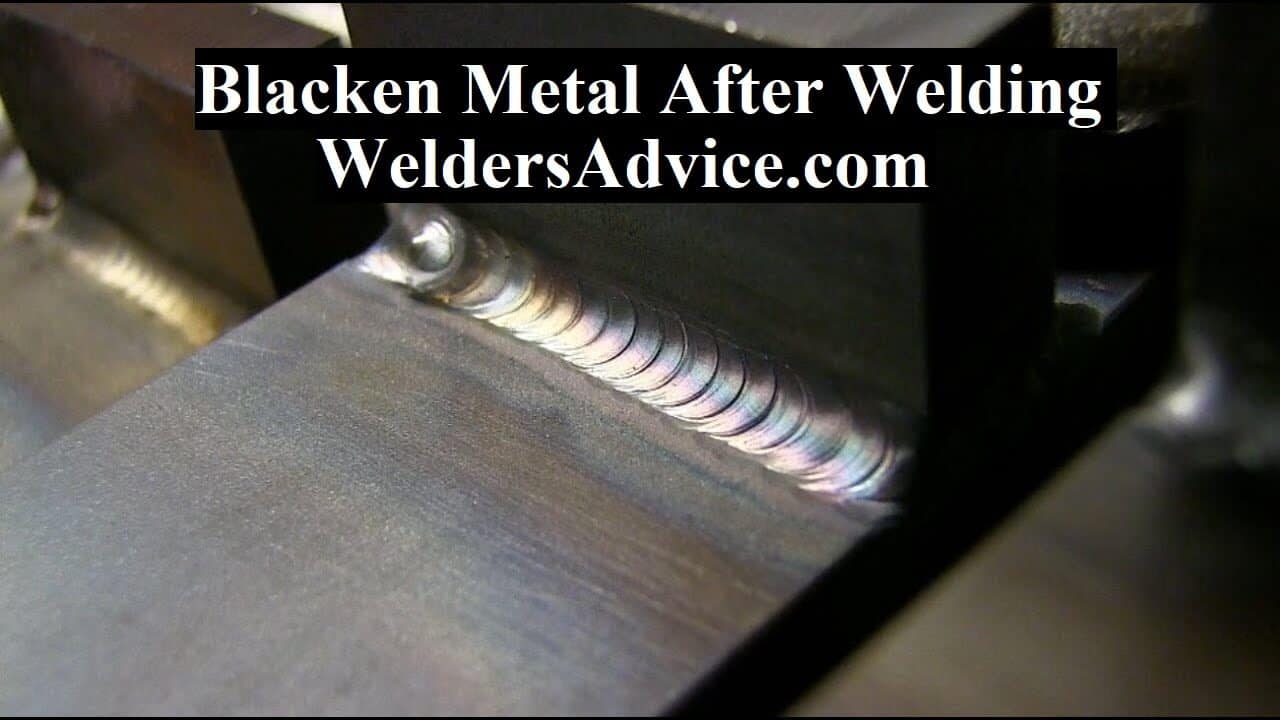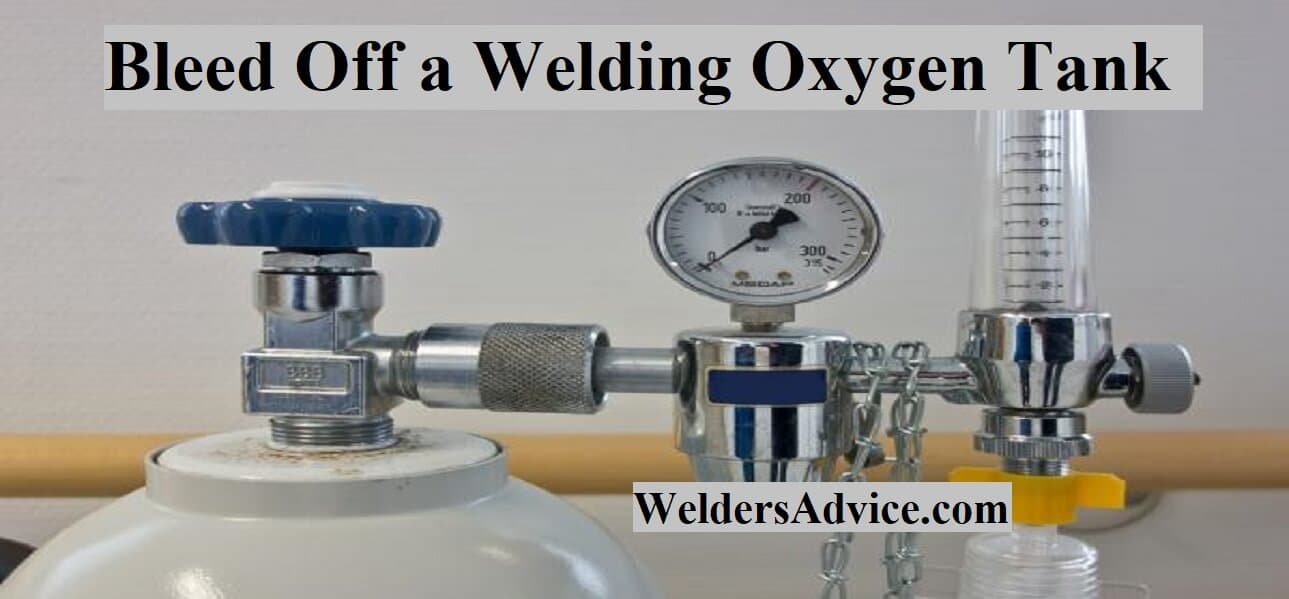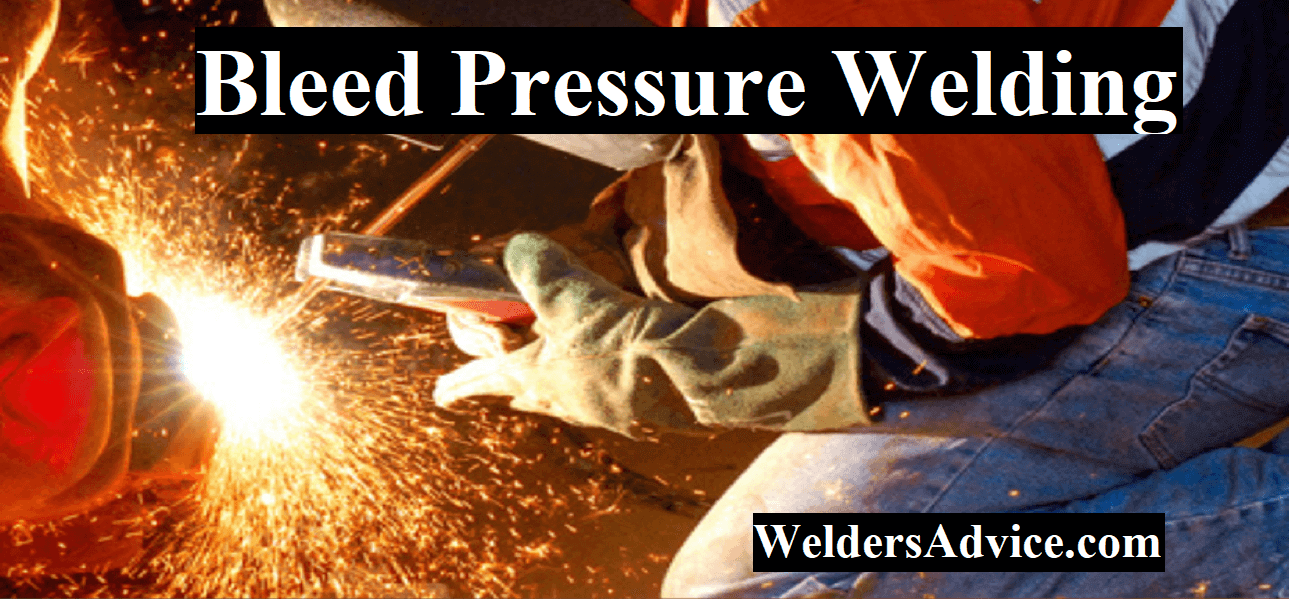Aluminum brazing rods are a useful tool for joining different metal pieces together, particularly in the automotive and construction industries. Brazing is different from welding, as it uses a filler metal with a lower melting point than the metal being joined. This is important when working with aluminum, as it has a high melting point and can be difficult to weld.
Brazing is a practical alternative, as it can be done with a handheld torch and brazing rods. In this article, we will provide a step-by-step guide on how to use aluminum brazing rods effectively and efficiently.
How to Use Aluminum Brazing Rods
The process of brazing involves heating the aluminum to a temperature above the melting point of the brazing rod but below the melting point of the aluminum. The brazing rod then melts and flows into the joint, creating a strong bond between the two pieces of aluminum.
Here are the steps to use aluminum brazing rods:
Clean the aluminum surfaces
Before brazing, make sure that the surfaces to be joined are clean and free from any dirt, oil, or other contaminants. Use a wire brush or sandpaper to remove any corrosion or oxidation from the surface of the aluminum.
Choose the right brazing rod
There are different types of aluminum brazing rods available, depending on the specific application. Choose the right brazing rod based on the thickness and composition of the aluminum.
Heat the aluminum
Use a propane torch or a brazing torch to heat the aluminum to the right temperature. The temperature should be above the melting point of the brazing rod but below the melting point of the aluminum.
Apply the brazing rod
Once the aluminum has reached the right temperature, apply the brazing rod to the joint. The heat from the aluminum will melt the brazing rod, which will flow into the joint.
Cool the joint
After the brazing rod has melted and filled the joint, allow the joint to cool. Do not move the aluminum until it has cooled completely.
Clean the joint
Once the joint has cooled, use a wire brush or sandpaper to remove any excess brazing material. This will ensure that the joint is smooth and free from any rough edges.
By following these steps, you can effectively use aluminum brazing rods to join two pieces of aluminum together.
Do Aluminum Brazing Rods Need Flux?
When it comes to aluminum brazing rods, the use of flux is essential. Flux helps protect both the base metal and filler rod from oxidation as well as clean off any surface contaminants that may be present. Without flux, a successful joint won’t be achieved since aluminum oxidizes quickly at high temperatures.
Additionally, there are no elements in aluminum other than oxygen. That can form a strong bond between two parts when heated. The addition of flux helps create those bonds. When using aluminum brazing rods, make sure to select one with an appropriate melting temperature for your application, and always keep plenty of flux on hand!
Can You Braze Aluminum With a Propane Torch?
Yes, it is possible to braze aluminum with a propane torch. The process requires special brazing rods or flux that are designed for use with aluminum.
It is important to choose the correct rod and flux combination in order to get good results from your brazing project. A propane torch can be used to heat up the metals as long as you have adjusted the flame correctly so that it doesn’t overheat and damage your materials.
When using a propane torch for braze welding, you must also wear safety goggles, gloves, and other protective gear since molten metals such as aluminum can cause serious burns if they come into contact with skin or eyes.
With proper preparation, patience during setup time, and practice runs before beginning any projects, anyone can successfully braze aluminum with a simple propane torch!
What Flux Do I Need for Aluminum Brazing?
When it comes to aluminum brazing, flux is a key component in ensuring that the process runs smoothly and effectively. The type of flux you need depends on the alloy being used, as well as how thick or thin the metal is. Generally speaking, for most applications involving aluminum alloys, an active flux such as sodium silicate (Na2SiO3) or Potassium Silicate (K2SiO3) should be used.
These will work best at temperatures around 500-900 degrees Fahrenheit. And provide maximum protection against oxidation during heating and cooling cycles. Additionally, these types of fluxes are specifically designed to adhere easily to oxide layers on the surface of aluminum alloys which can help reduce porosity and improve joint strength.
Is Aluminum Brazing As Strong As Welding?
Aluminum brazing is a process that many people use to join aluminum components together. However, it’s important to note that its strength and integrity are not as strong as welding. The reason for this is that when you braze two pieces of metal together, the heat from the molten filler material creates a bond between them, but doesn’t actually melt them both into one piece like welding does.
If you apply too much force or pressure to the joint, it can easily break apart because brazing does not involve melted metal between the components being joined. Also, brazed joints lack structural reinforcement, which makes them more susceptible to cracking or breaking under stress compared to welded joints.
If your project requires maximum strength, welding will be your best bet. Although aluminum brazing can be an excellent option for certain applications, such as light-duty repairs, where strength and durability are not paramount concerns.
Common Mistakes When Using Aluminum Brazing Rods, And How to Avoid These Pitfalls
Aluminum brazing rods are an excellent choice for joining aluminum materials. However, like any other welding or brazing technique, there are common mistakes or errors that people make when using aluminum brazing rods. In this article, we will discuss some of these mistakes and provide tips on how to avoid them to achieve the best possible results.
Clean the surface
One of the most common mistakes that people make when using aluminum brazing rods is not cleaning the surface properly. Dirt, grease, and other contaminants can prevent the brazing rod from bonding with the aluminum. To avoid this, it is important to clean the surface thoroughly before brazing.
Choose the right brazing rod
Another common mistake is using the wrong brazing rod. Not all aluminum brazing rods are the same. Some are designed for specific aluminum alloys, while others are more versatile. Using the wrong brazing rod can result in weak joints or a failed repair.
Use the right heat source
When using aluminum brazing rods, it is important to use the right heat source. Using too much heat can cause the aluminum to warp or melt, while too little heat can result in a weak joint. Apply the brazing rod correctly Applying the brazing rod correctly is crucial to achieving a strong bond between the aluminum materials. One common mistake is not applying enough brazing rods, which can result in a weak joint.
Allow the joint to cool properly
Finally, it is important to allow the joint to cool properly. Rushing the cooling process can result in a weak joint or even a cracked aluminum material.
Best Torch for Aluminum Brazing
When it comes to brazing aluminum, a torch is the best tool for the job. A torch specifically designed for aluminum brazing will provide consistent heat and an even distribution of flame over the work surface. The most popular type of torch used for aluminum brazing is the “MAPP” gas or propane-oxygen combination unit. This torch produces high temperatures that can quickly and efficiently melt most metals.
For more intricate jobs, such as those requiring precise temperature control, an acetylene-oxygen setup may be preferable. Whichever choice you make, be sure to select quality tools with proper safety features to get the job done right!
Aluminum Brazing Flux
Aluminum brazing flux is an essential material used in the aluminum brazing process. It helps to protect and promote the flow of molten metal during a welding or soldering operation, providing both corrosion protection and strength to the joint. The flux also prevents oxidation at high temperatures, helping ensure that the welded joint remains strong and secure.
Aluminum brazing flux is available in different forms such as powder, paste, or liquid solutions.
Best Low-Temperature Aluminum Brazing Rods
When it comes to aluminum brazing, the best option is low-temperature aluminum brazing rods. The design of these rods allows them to bond two pieces of metal together at a lower melting point than traditional soldering, making them ideal for delicate projects that require precision and strength. Low-temperature aluminum brazing rods are also easy to use, with no special equipment or skills required.
Their superior corrosion resistance makes them useful in a variety of applications, including plumbing fixtures, radiators, air conditioning units, and more.
How to Braze Aluminum Tubing
Brazing aluminum tubing is an effective way to join two pieces of aluminum together. It requires a flux, which helps the filler metal flow and adhere to both surfaces and brazing rods made from silver or copper-based alloys that melt at lower temperatures than the base metals. When brazing, it’s important to use a torch with enough heat output for proper melting and penetration of the alloy; a propane torch works well in most cases.
Ensure that you clean off all dirt, grease, or other contaminants from the surfaces being joined before applying flux and heated materials. Ensure that they are free of obstructions before beginning any work.
Final Thoughts
Aluminum brazing rods are a great tool to have in any metal shop. Their versatility makes them suitable not only for joining aluminum components and parts but also for many other applications, including repairing cast iron, galvanizing steel, and adhering copper. They are easy to use and economical compared to welding, making them an ideal choice for most repair jobs.
With the right knowledge and training, anyone can master the art of using aluminum brazing rods with ease.

